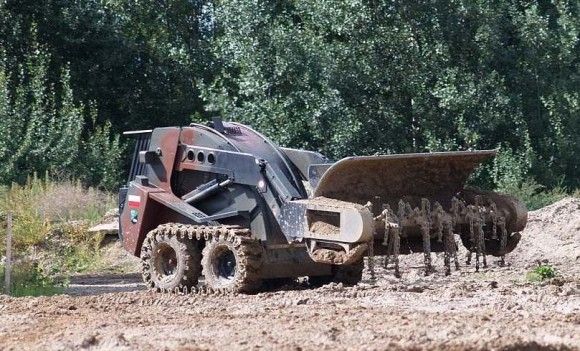13 000 Soldiers Involved In Training Within The Estonian Firing Ranges – “Equivalent of Mobilisation”
The Estonian military is carrying out exercise known as “Siil” (Estonian for “hedgehog”), which is going to involve 13 000 soldiers. Around half of the participants of the exercise is going to come from the Estonian reserve forces.
The above-mentioned exercise is going to involve both the active, front-line units, as well as the reserve forces, along with the paramilitary armed forces (so called Defence League). The operation, planned to happen between 4th and 15th May, is also going to get allied forces to actively participate within the exercise, probably including the US forces and the German Bundeswehr.
According to Kuno Peek, working for the International Centre of Defence and Security, the peculiarity of the exercise stems from the fact, that the operation is going to involve nearly 7000 soldiers of the reserve forces, who were trained mainly in the period between 2012 and 2014. Scope of the exercise includes formation of coherent units, which, as Peek stresses it, is an “equivalent of a mobilization during the wartime”. It is worth to note it that the general number of the soldiers that are being trained will be close to the number of people constituting 1% of the Estonian population (1.325 million people back in 2013, according to the data gathered by the World Bank). We should hence agree with the following hypothesis: aim of the “Hedgehog” exercise is to check the functioning of the mobilisation system, in the light of the potential danger.
Estonia maintains a common conscription (drafting) system. What is more, Estonia, as one of a few NATO member states, allocated 2% of GDP to defence spending as early as in 2013. After the Ukrainian Crisis had begun, it was decided to acquire 80 Javelin ATGW’s along with 44 CV9035NL infantry fighting vehicles. Small elements of US Army and NATO fighter jets, acting within the scope of the Baltic Air Policing operation, have also been deployed within the Estonian territory. Estonian government also has local paramilitary defence units (League of Defence), including a cyber-defence cell within their structure.
Despite the implemented measures, the military potential of the Baltic states remains limited, inter alia due to the relatively small number of the inhabitants, severe lack of modern equipment; both within the scope of the heavy vehicles, as well as in case of the light, defensive weaponry; and lack of proper funding realized in the preceding years (when it comes to Latvia and Lithuania, the defence spending constituted less than 1% of GDP back in 2013). Both countries listed are gradually increasing their defence spending, up to the level of 2% of GDP, however, the process of creating the defence potential will be distributed across time, especially considering the current (poor) status of the military inventories of these states.
It seems that in the light of the Ukrainian crisis, NATO member states (particularly the USA) shall consider transfer of military help for the Baltic states, including equipment, without taking into account the modernization programmes which are being currently modernized. The support bundles could include deliveries of e.g. large quantity of ATGW’s, which would make it possible to bolster the defensive potential in the Baltic region. Such help would largely increase the cost of potential armed aggression against Lithuania, Latvia or Estonia.


WIDEO: Defence24 Days 2025: Premier Defence & Security Conference in CEE